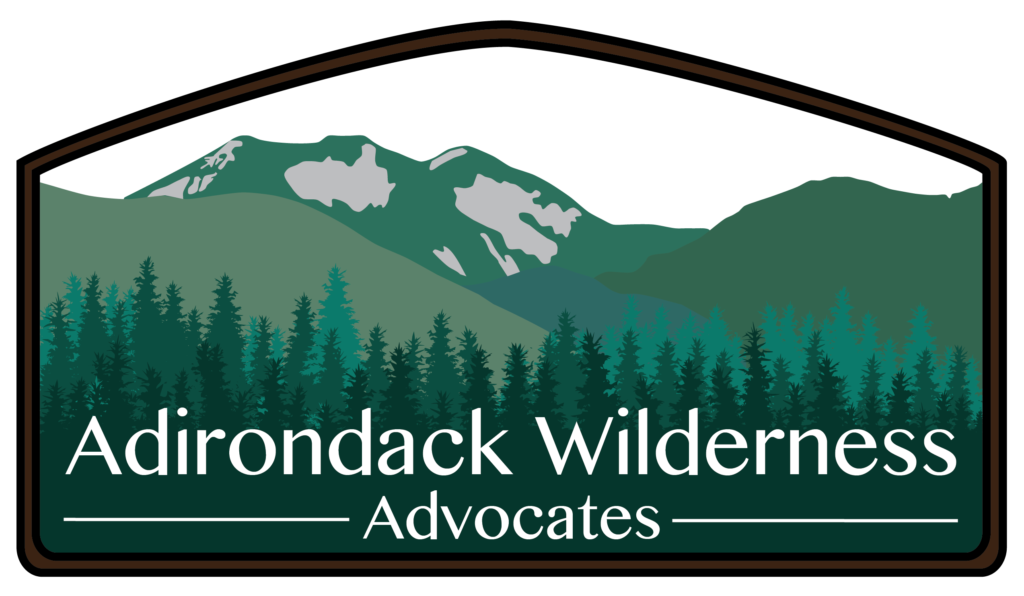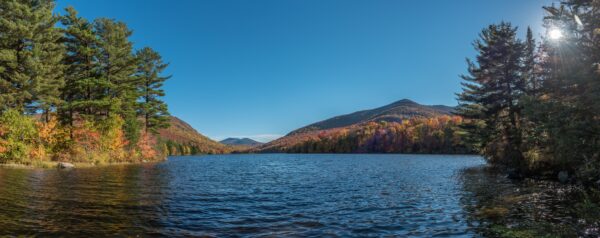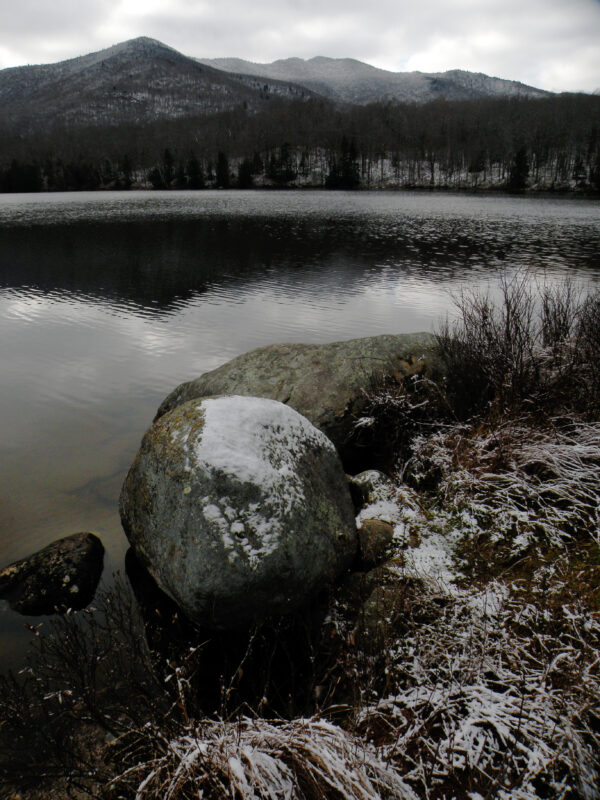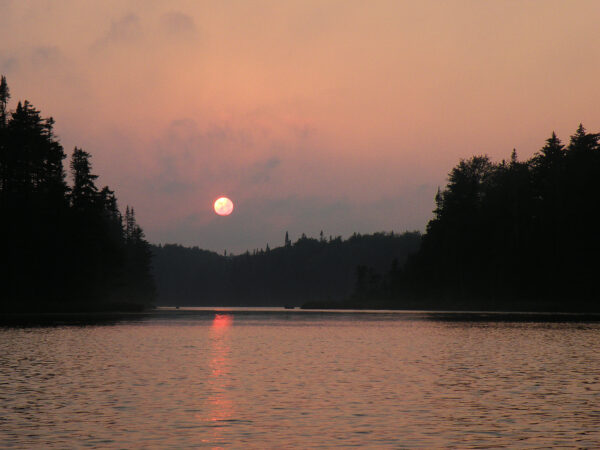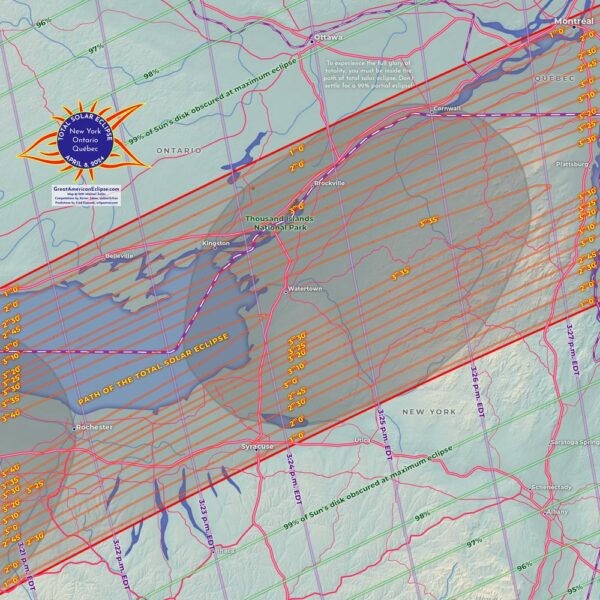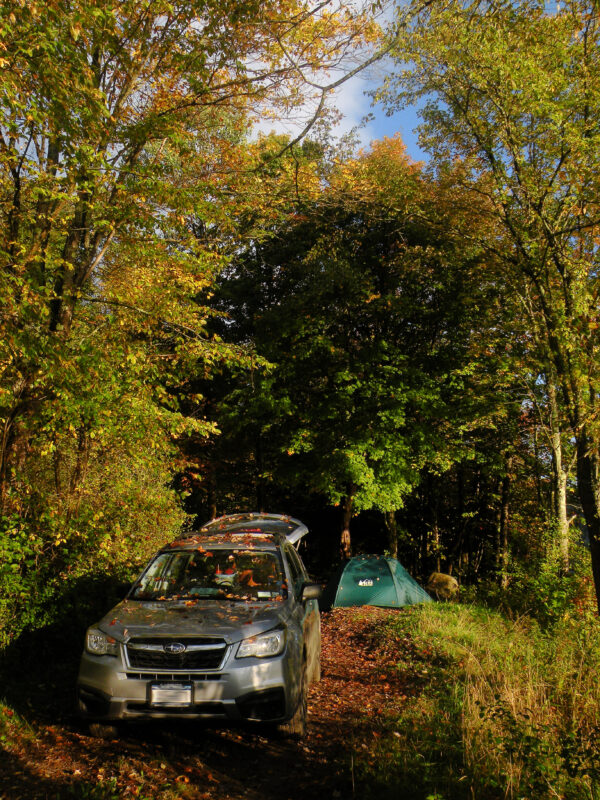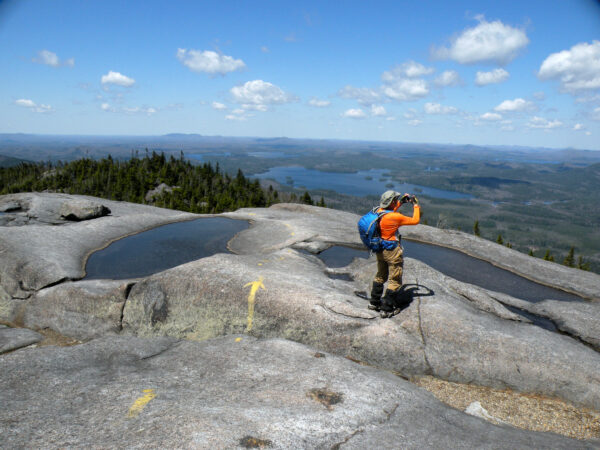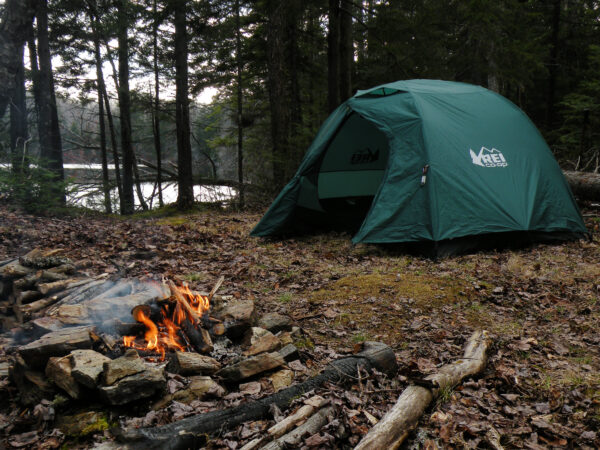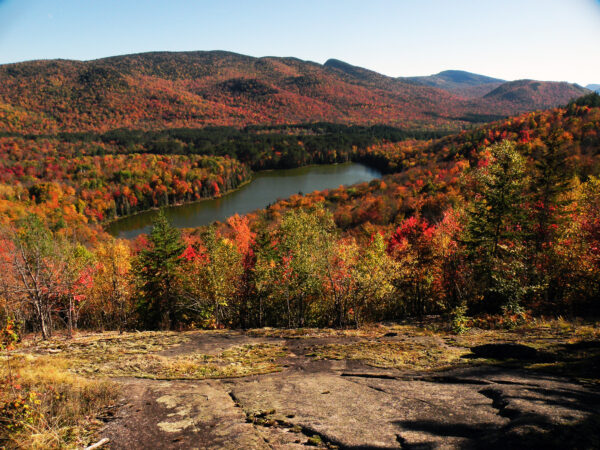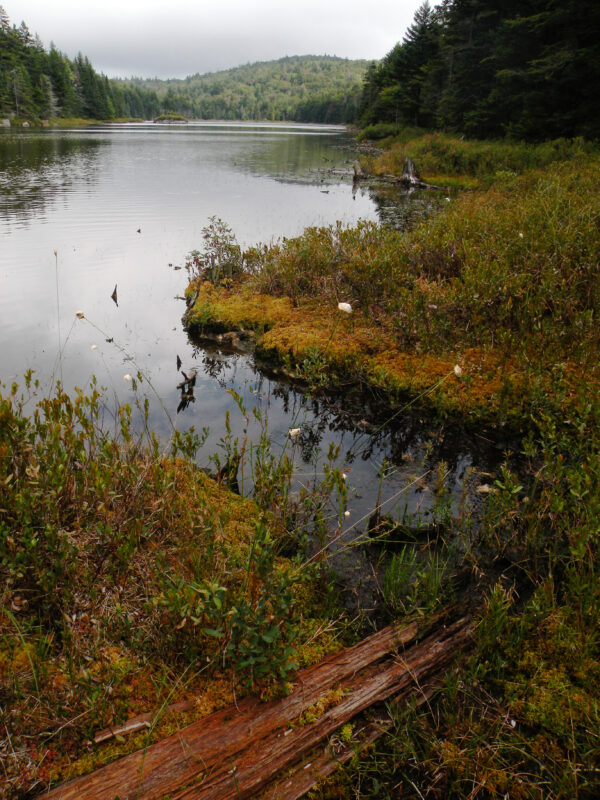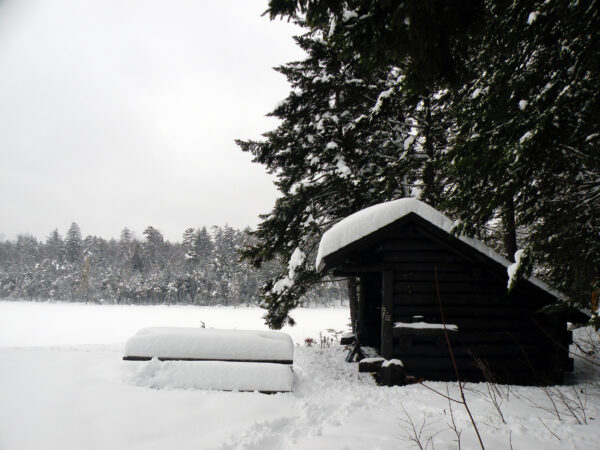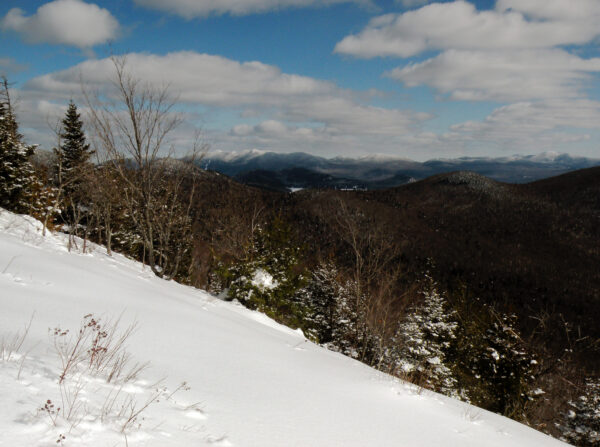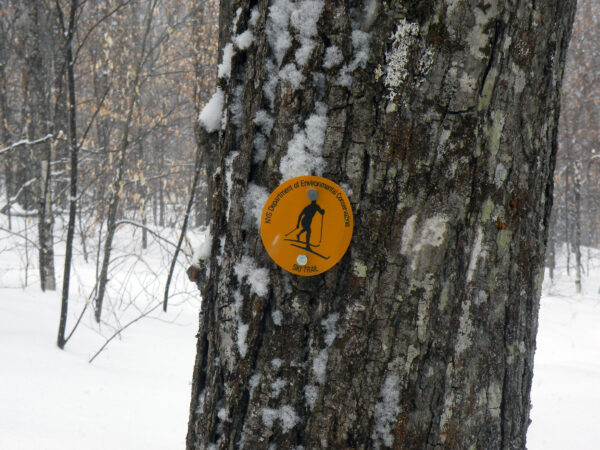Debar Pond should not be intense—it should be a place to unwind, a place to connect with a wild landscape on its own terms.
Keep Debar Pond Forever Wild
Debar Pond and its associated buildings are the subject of what might soon become the next amendment to Article XIV, the “forever wild clause” to the New York State constitution that has made the Forest Preserve uniquely protected since 1894.
Nighttime in the Afternoon: Planning for the Great Adirondack Eclipse
Mark April 8, 2024 on your calendars, because much of the Adirondack Park will lie within the path of totality for what promises to be a spectacular solar eclipse.
A Road is a Road—Any Questions?
EXPLORE! Ampersand Mountain
Ampersand Mountain is a former fire tower summit that now stands guard over the northwestern corner of the High Peaks Wilderness. No tower is needed here for a view, because the bald rock knob that constitutes the summit provides an outstanding vista in all directions.
EXPLORE! Bailey and Marion Ponds: A Study in Contrasts
Hoffman Notch is a noteworthy wilderness, occupying a niche between the high-elevation summits of the High Peaks and the dry, low-elevation slopes of the eastern Adirondacks. Thousands of people may drive past this wilderness every day as they travel the Adirondack Northway between Schroon Lake and North Hudson, but the wilderness itself is lightly trodden.
EXPLORE! John & Clear Pond Loop
Today, John Pond and its valley are the setting of a relatively short and easy hike. The lean-to near the pond’s outlet provides views of the rocky ridge that snuggles against the western shore, and the trail follows the course of the road that once led through the Little Canada settlement.
EXPLORE! County Line Lake
The destination is a shallow pond that falls along the boundary of Fulton and Hamilton counties, hence its name.
EXPLORE! Russian Lake
What if a large lake stood between you and the trail you wanted to hike? That is exactly the situation at Big Moose in the western Adirondacks.
EXPLORE! Second Pond near Gore Mountain
Second Pond is a little-known body of water tucked away behind Gore Mountain. Given its proximity to a popular tourist destination, it is surprising that relatively few people know of the pond’s existence.
